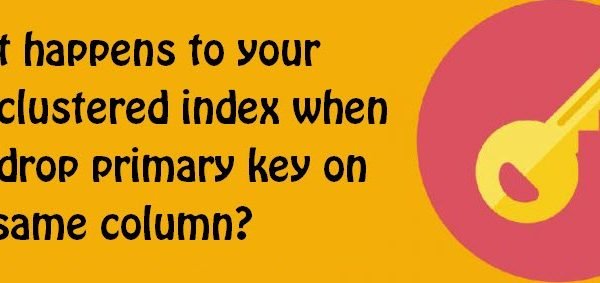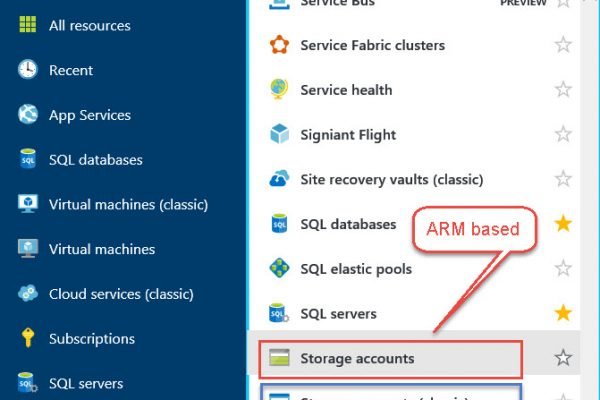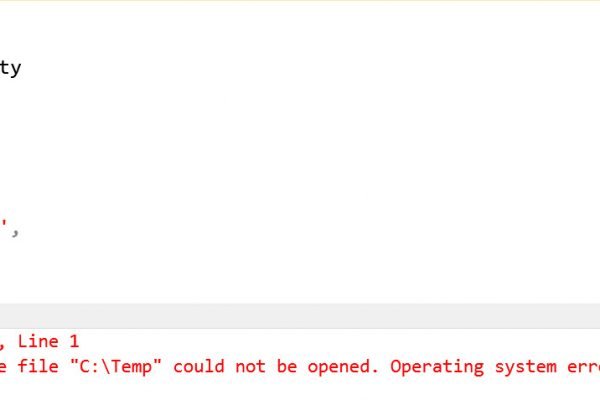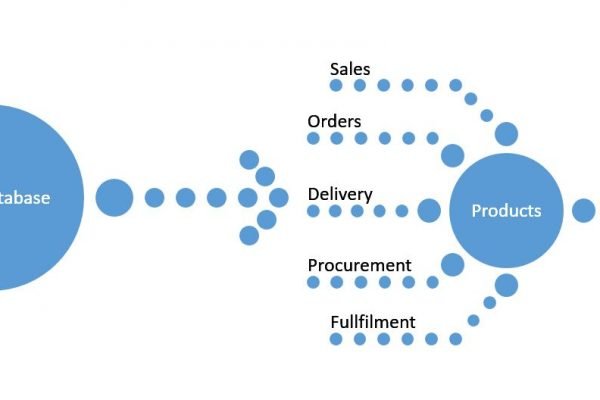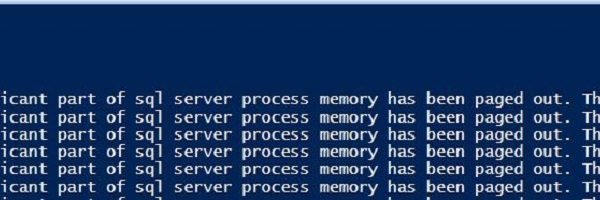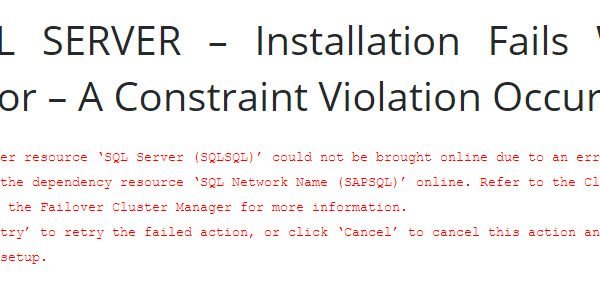Recently I had been to an institute to talk about some database concepts to computer science students. Most of these academic engagements get me closer to young minds and this is an awesome way for me to bring some of the industry concepts in a digestible simple format. Trust me, this takes double the preparation I normally do for professional sessions because now I need to make the concepts so simple that even kids of any age and with no knowledge can still get the concepts being explained. A lot of times this is an exercise for me to show how self-learning can be much more rewarding and unique when compared to what text book teaching would look like. In this blog, let me take up the concept around Physical and Virtual memory which took some considerable time for me using a whiteboard. I am sure, you would have also learnt these concepts a while back, but this is a refresher in my opinion for all.
Does Dropping Primary Key Drop Non-Clustered Index on the Column? – Interview Question of the Week #085
Question: When we drop primary key on the column, does it automatically drop a non-clustered index on the same column (if created)?
Before we see answer of this question, I suggest you read following three blog posts, they discuss various similar aspects related to the primary key and clustered index.
Database Sharding – How to Identify a Shard Key?
I have written a number of posts in the past working on shared databases and the concepts around these can be read at Sharding or No Sharding of Database – Working on my Weekend Project for the starters point of view. In a recent discussion at a user group, I had someone ask me what is the rationale around building a sharding key and what should be used for sharding their database. The concept, though common, it is not in black-and-white to what should be used as an sharding key. There are guiding principles which can be applied. Let us learn about Database Sharding.
PowerShell – SQL Server Paging of Memory Identification
In one of my recent consultation visits to a customer, there was deep performance related problems. They were unclear to what was happening and what was the actual problem. But these are some of the challenges that I love to take head-on too. In this quest to learn what the problem would be, I used a number of tools and during that time I figured out it was a memory pressure that was creating the problem. Let us learn about SQL Server Paging of Memory Identification.
How to Drop Clustered Index on Primary Key Column? – Interview Question of the Week #084
Question: How to drop clustered index, which is created on primary key?
Answer: If you thought the answer as simple as following script, you are wrong.
DROP INDEX PK_Table1_Col1
ON Table1
GO


